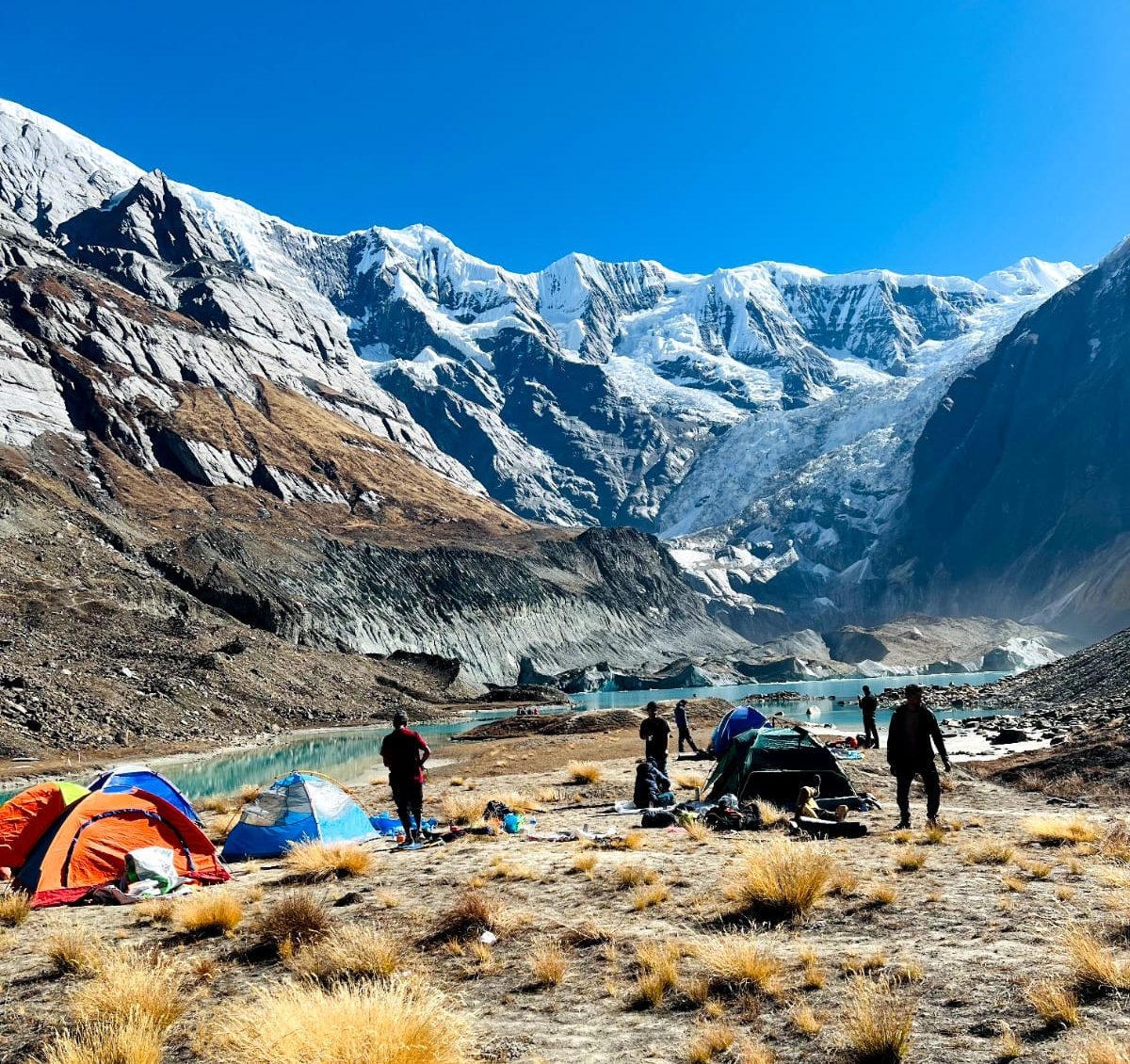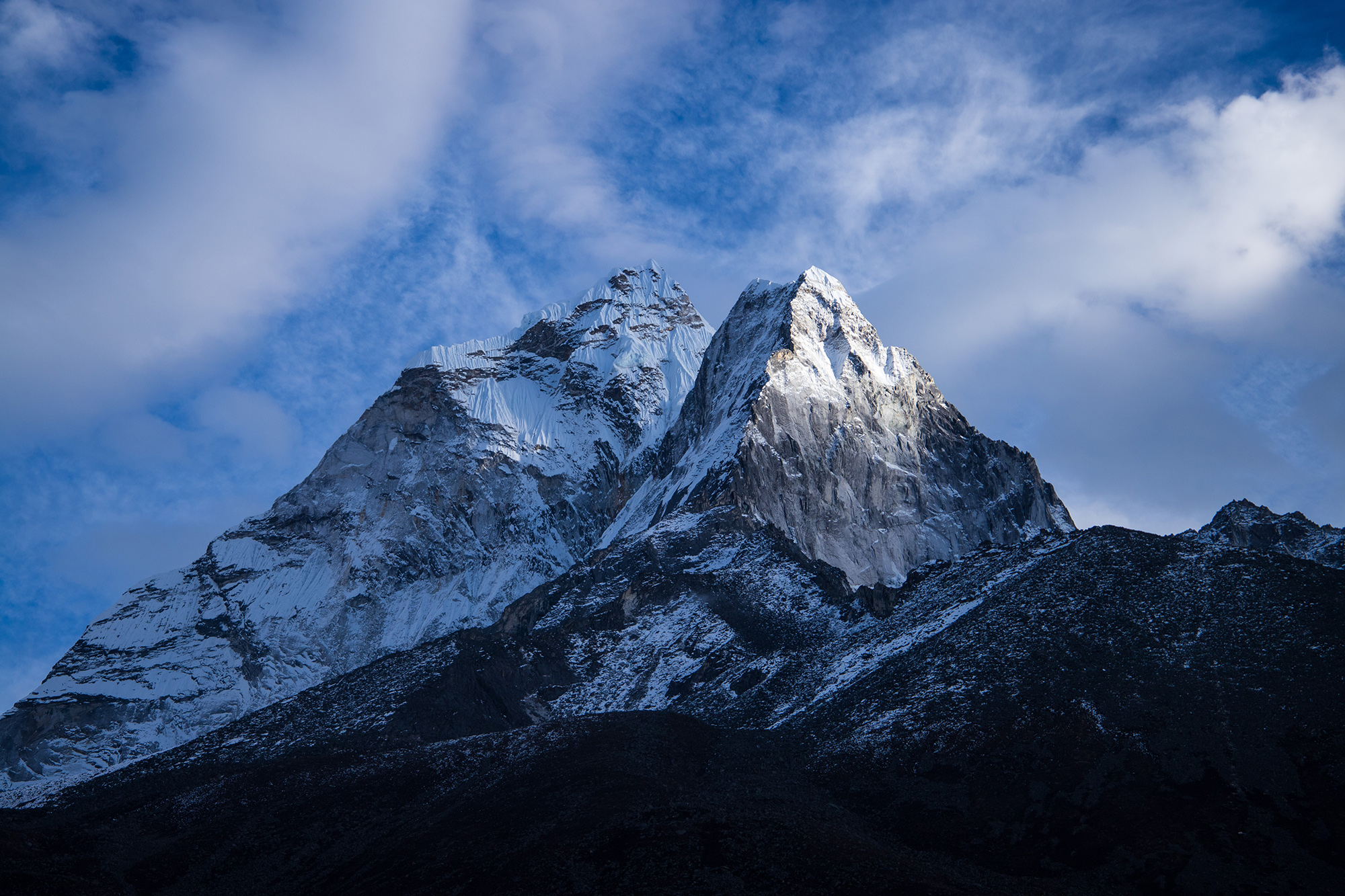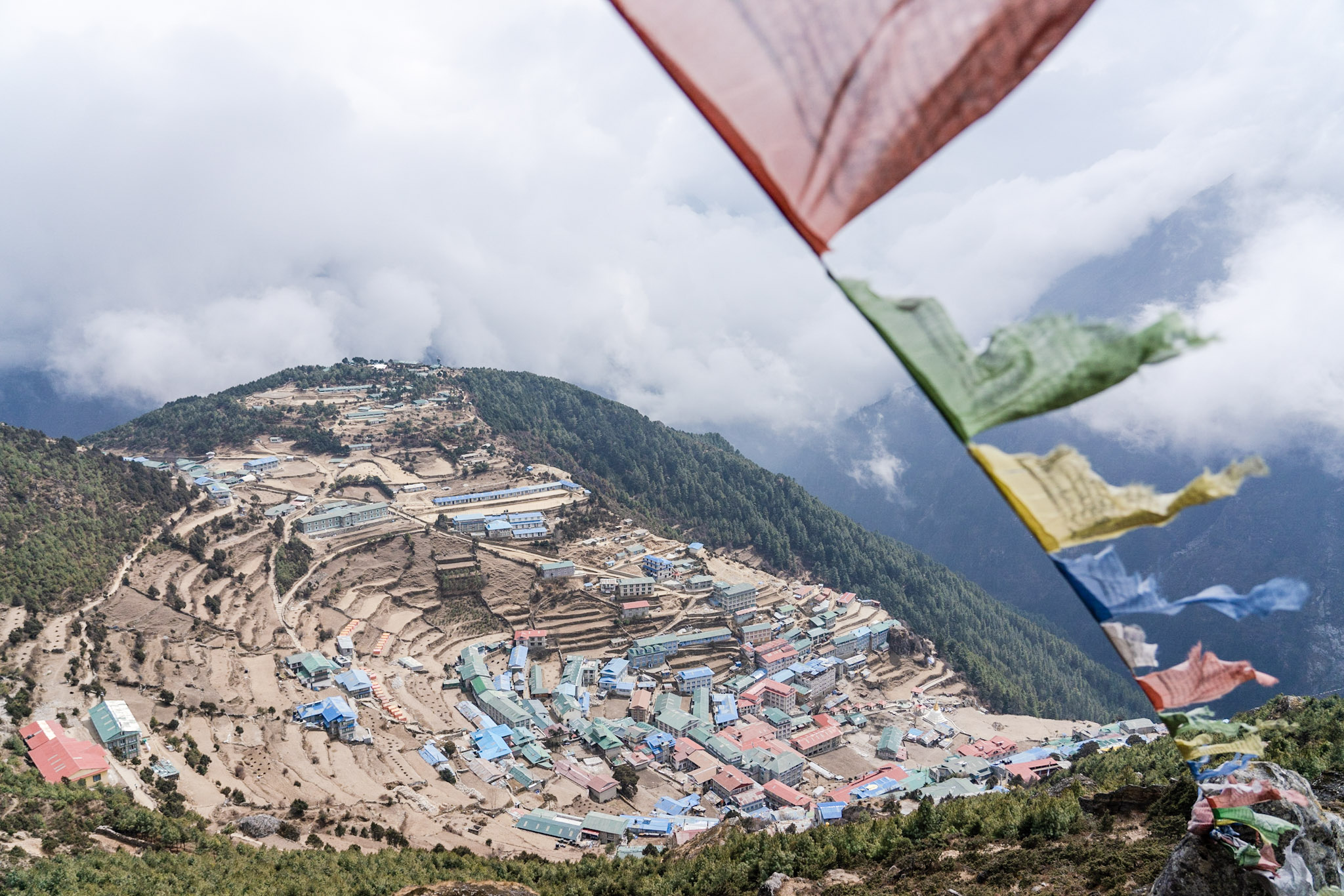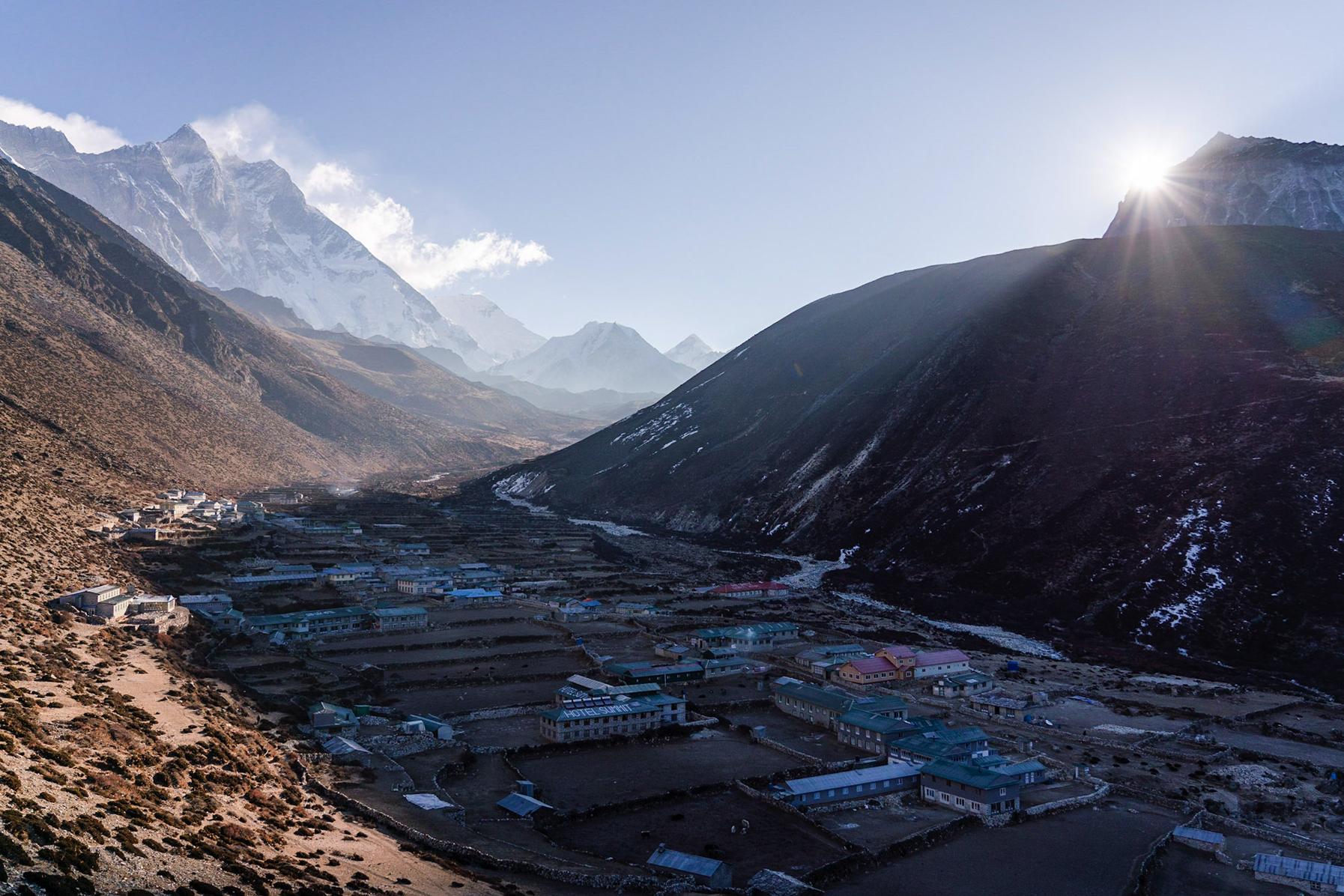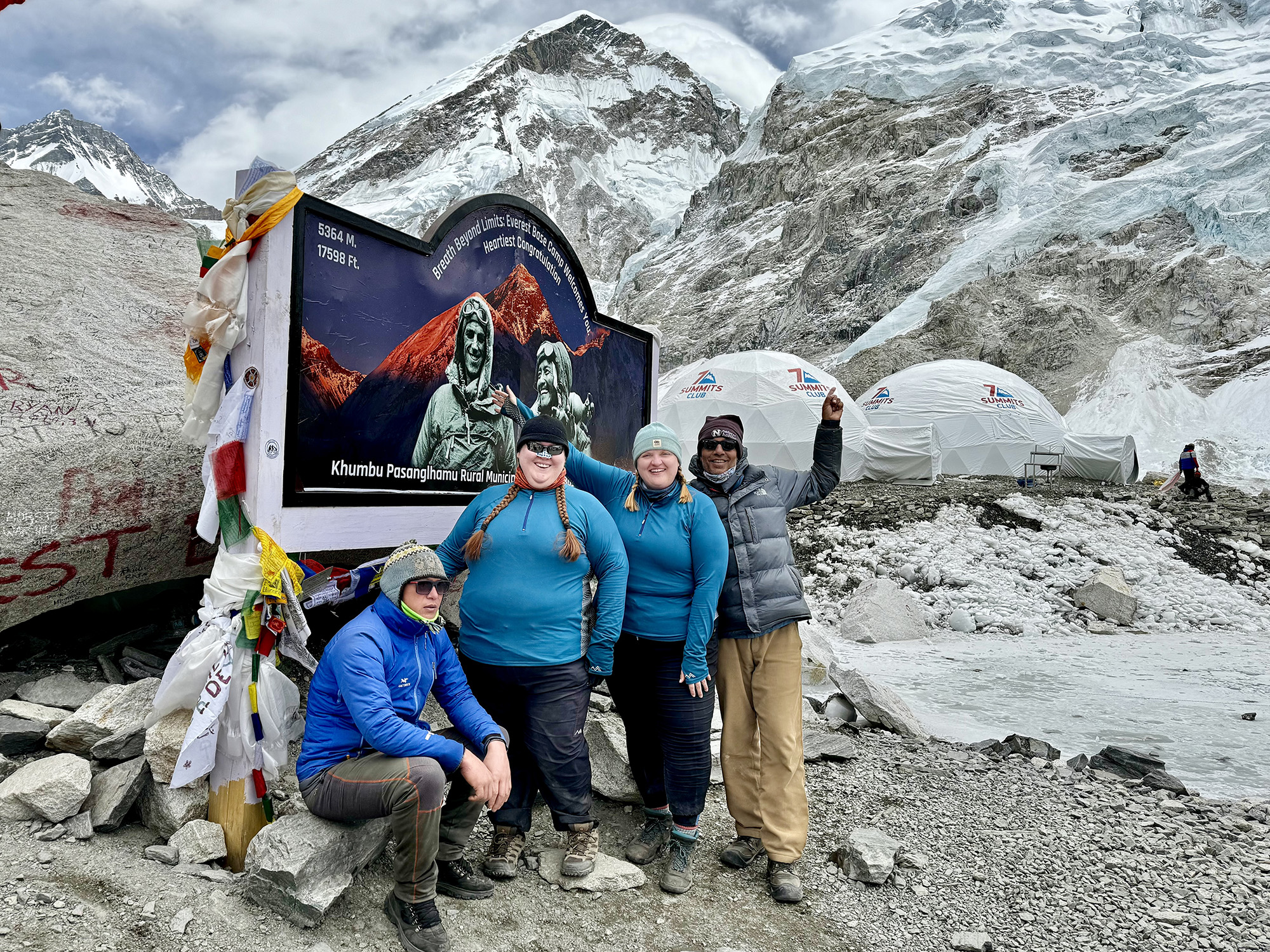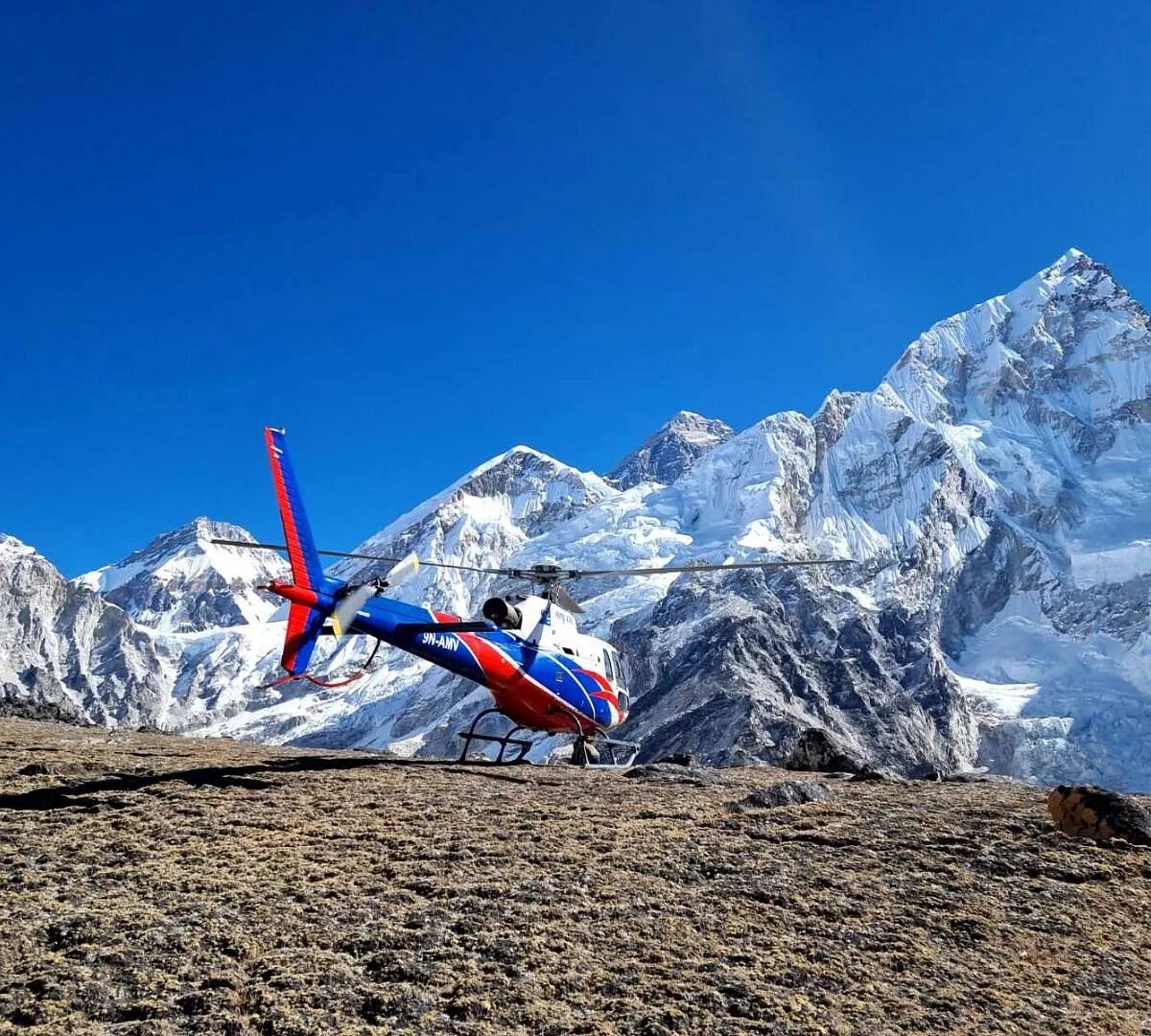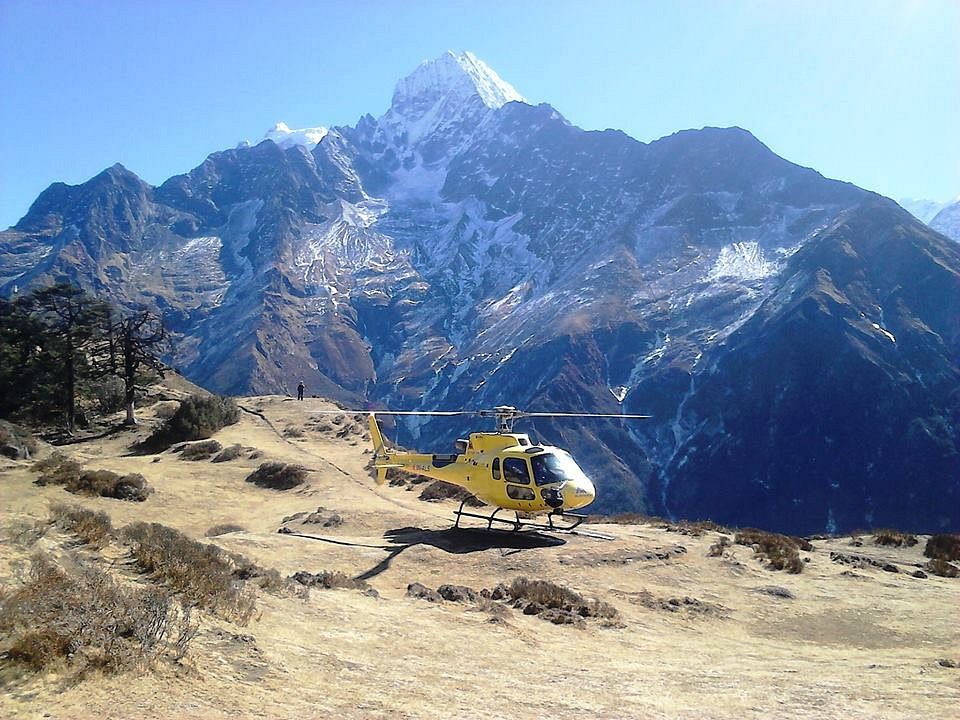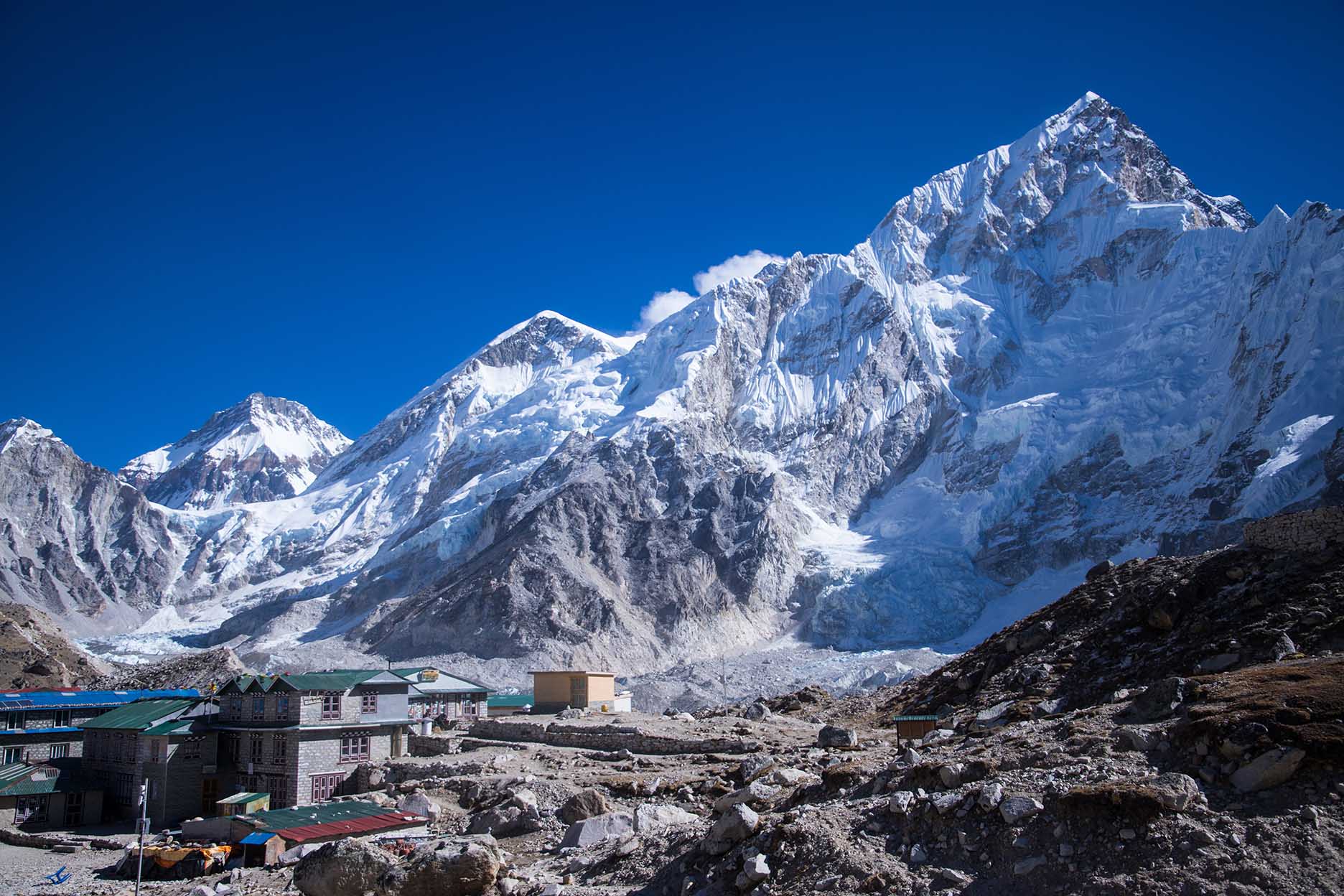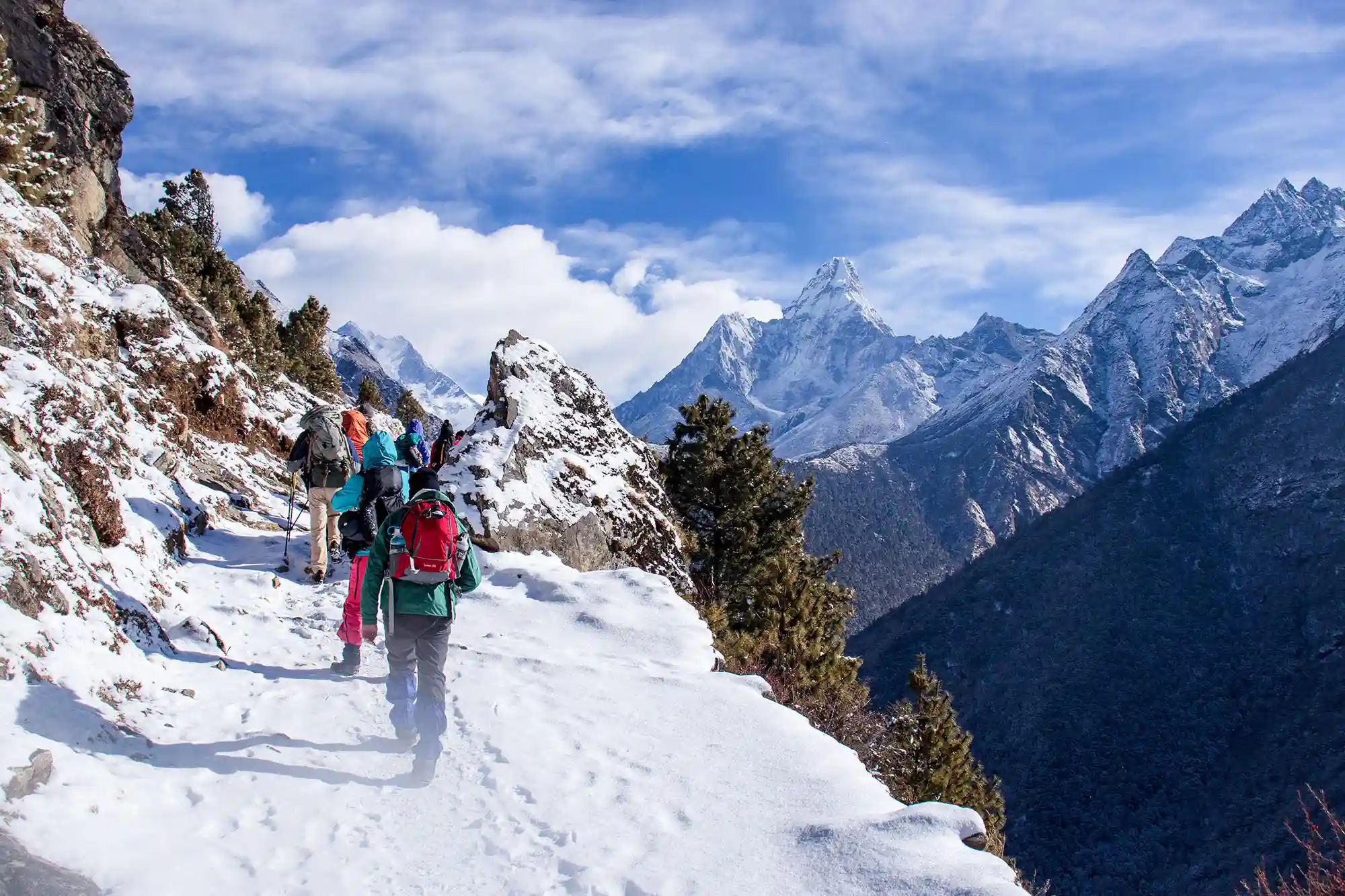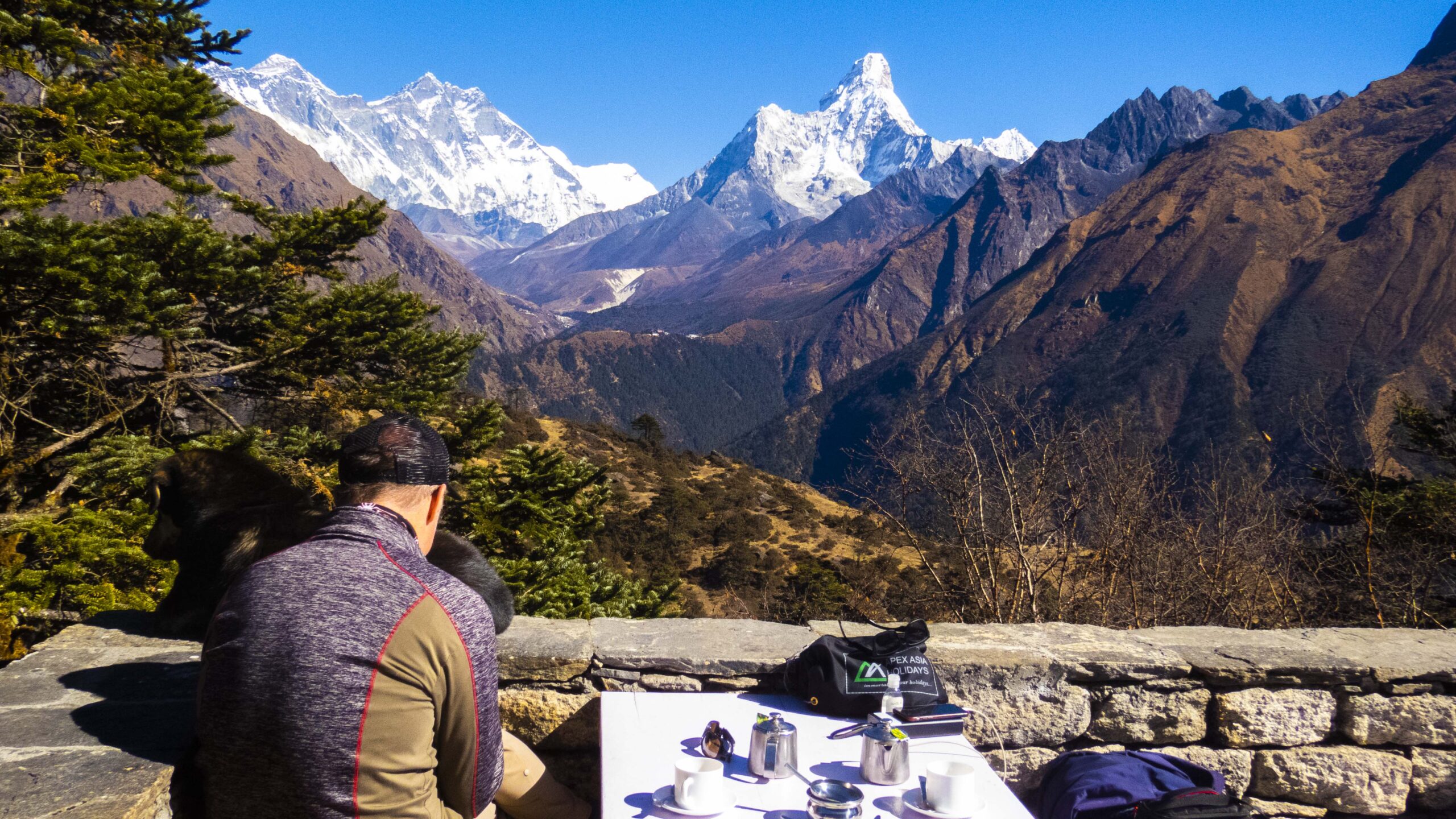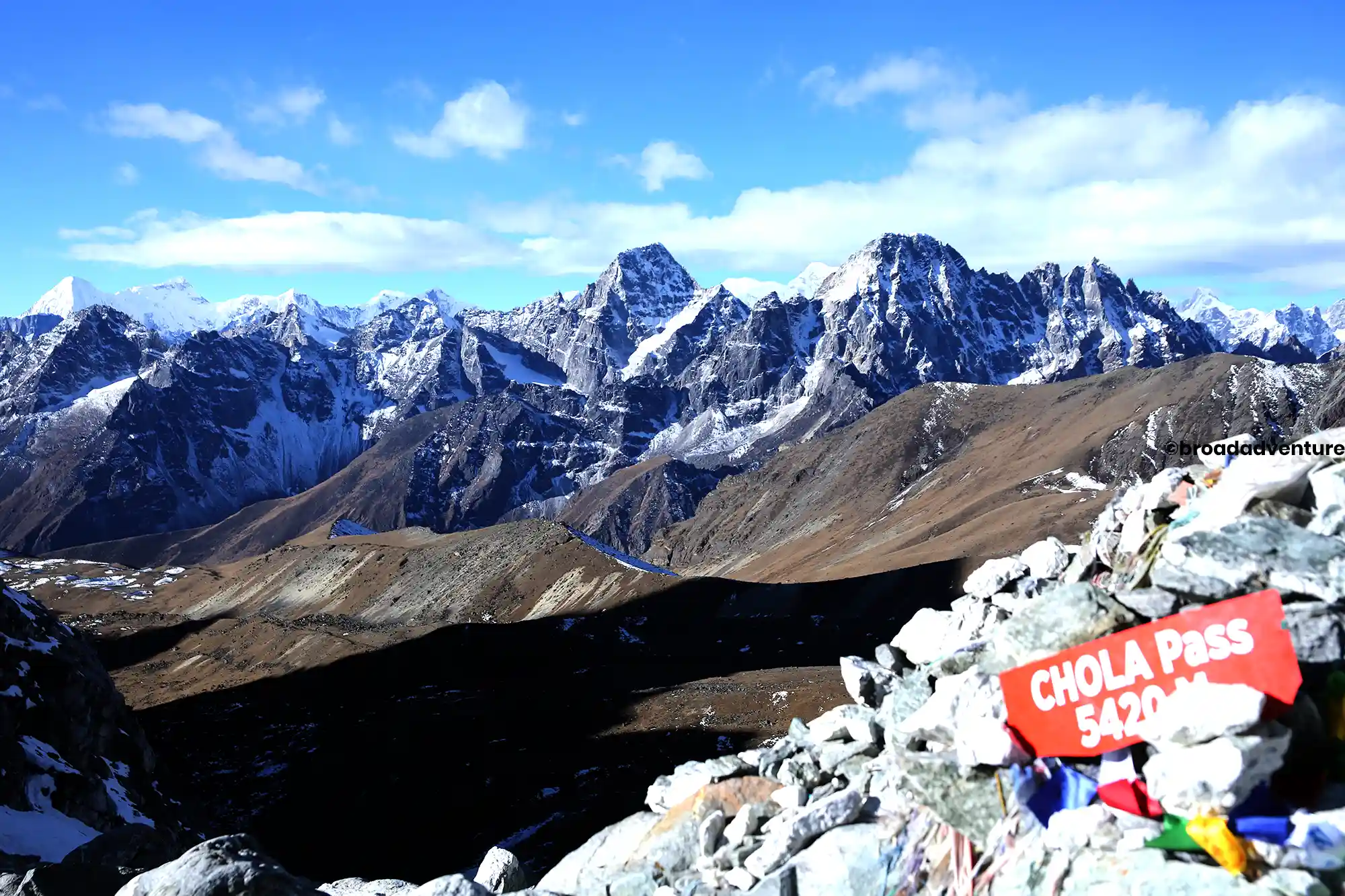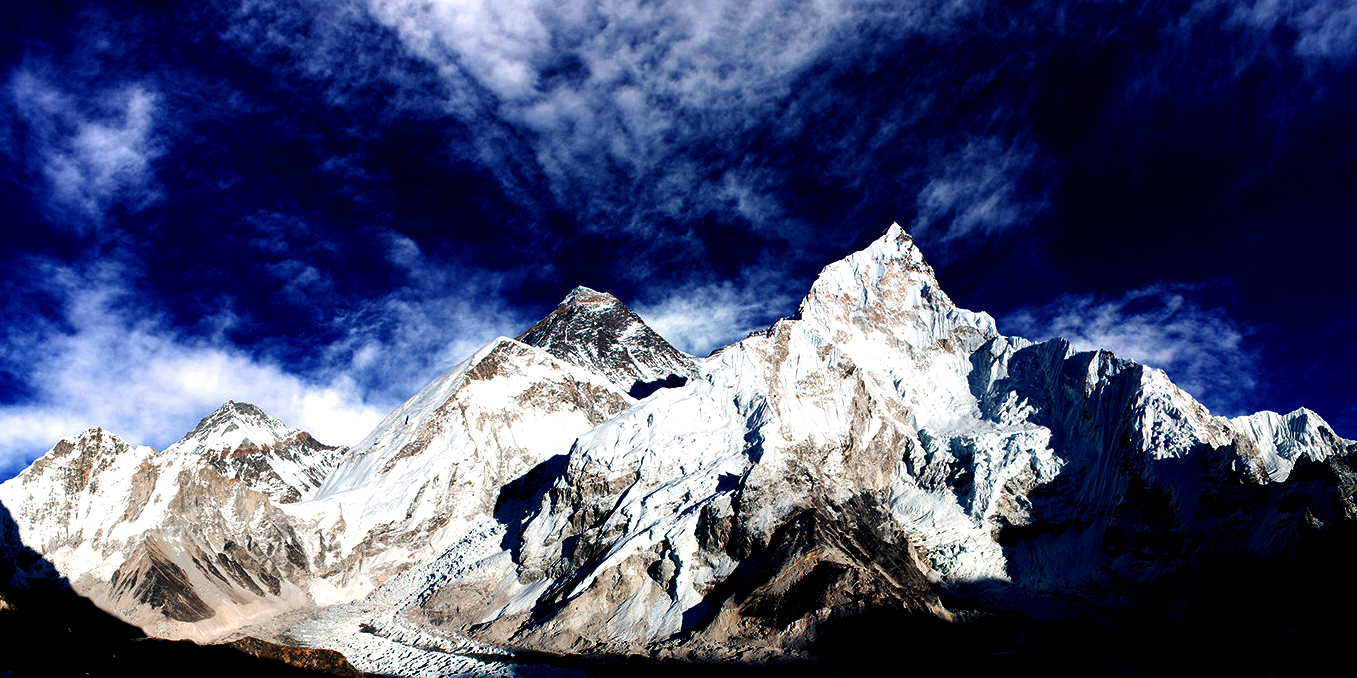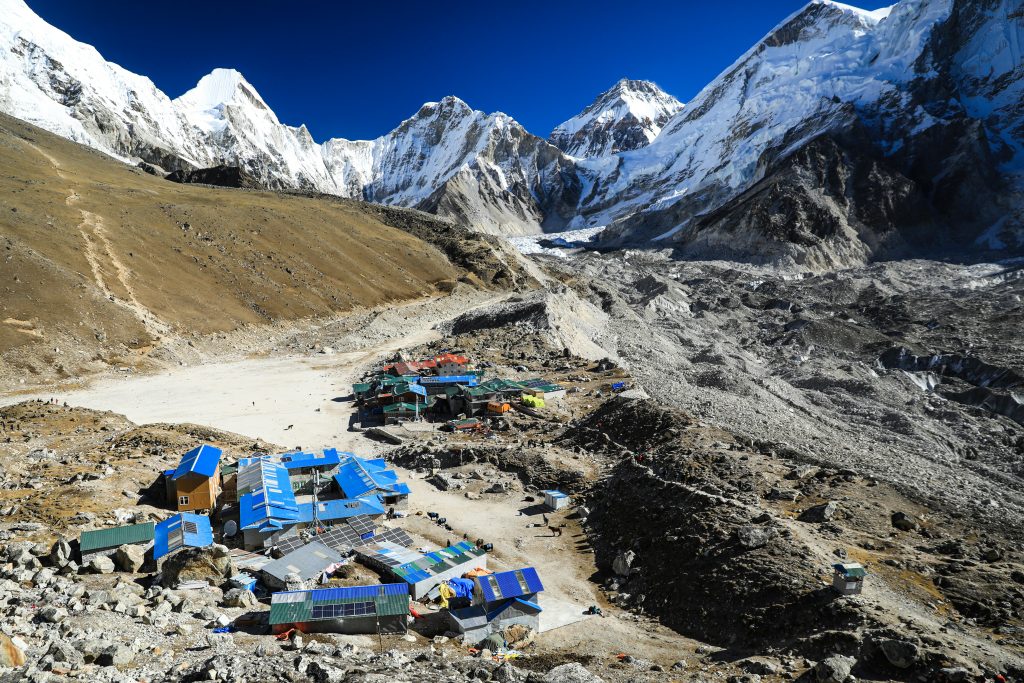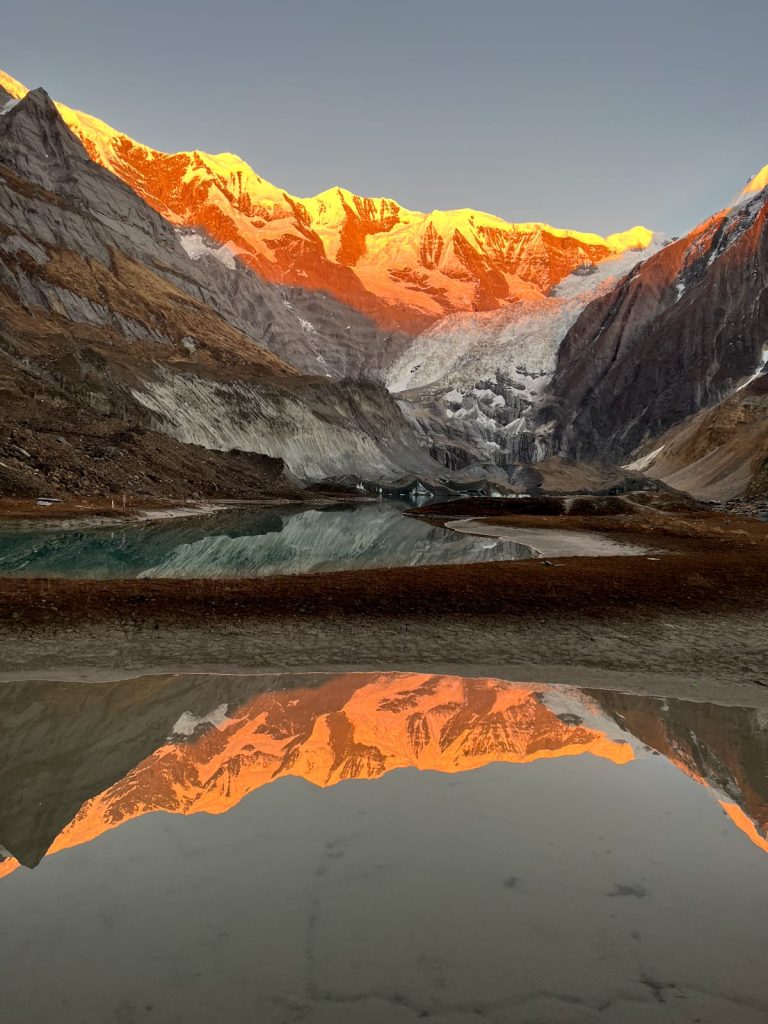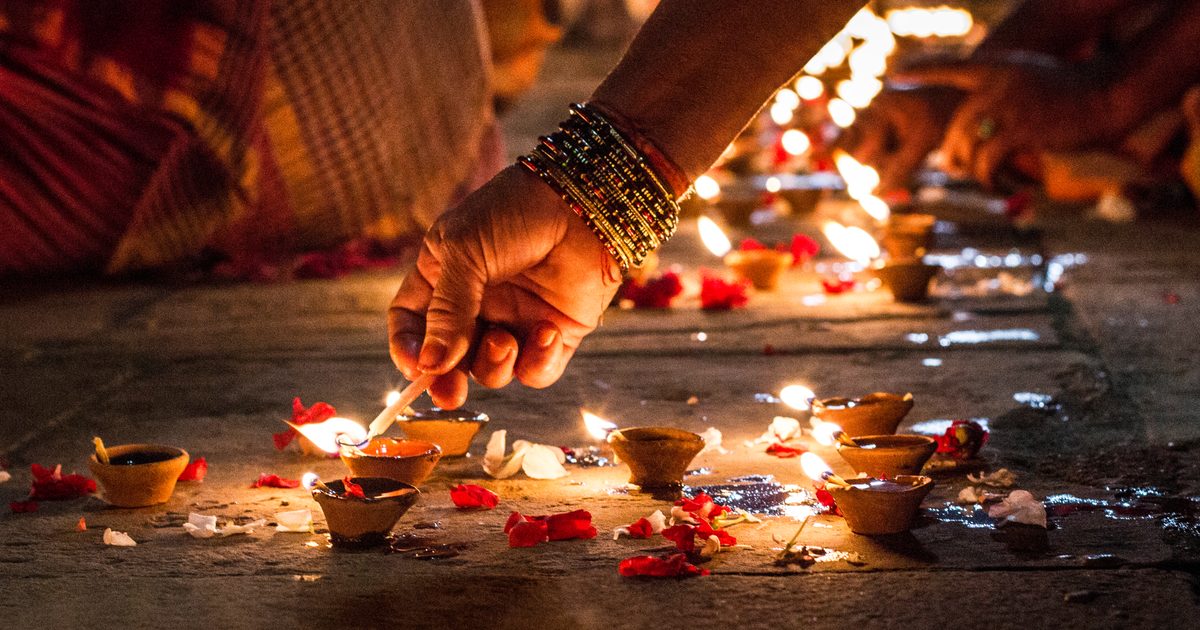The wind carried a faint whisper of adventure as I set foot in Narchang village, the gateway to one of Nepal’s most underrated trekking routes: the North Annapurna Base Camp Trek. Unlike its more famous southern counterpart, this trail, often called the Maurice Herzog Trek, offers a path less trodden—a journey into the heart of Annapurna’s northern face, steeped in history, culture, and unspoiled natural beauty.
The Call of the Mountains
Why embark on this trek? For me, it was the allure of something different. Most trekking narratives focus on the southern routes of Annapurna, yet here was a trail that held stories of triumph and exploration. Named after Maurice André Raymond Herzog, the French mountaineer who etched his name in history by summiting Annapurna on June 3, 1950, this trek is a tribute to pioneers of adventure. Officially recognized in 2019 by the Annapurna Rural Municipality, it has since drawn trekkers looking to combine history with the thrill of discovery.
But it’s not just the history that captivates—it’s the experience itself. Starting from Narchang, you journey alongside the Mistrikhola River, where the serene babble of the stream accompanies you through thick forests, over suspension bridges, and across rugged alpine landscapes. Every step brings you closer to the North Annapurna Base Camp, nestled at an altitude of 4,190 meters, offering views that rival the heavens.
What Makes It Unique?
The North Annapurna Base Camp Trek is a fusion of raw, untouched wilderness and modern infrastructure. Thanks to significant investments by the Ministry of Tourism and the Annapurna Conservation Area Project (ACAP), the trail is equipped with sturdy footpaths, resting areas, and shelters that make the journey both safe and enjoyable. This blend of comfort and adventure is what sets it apart from other treks.
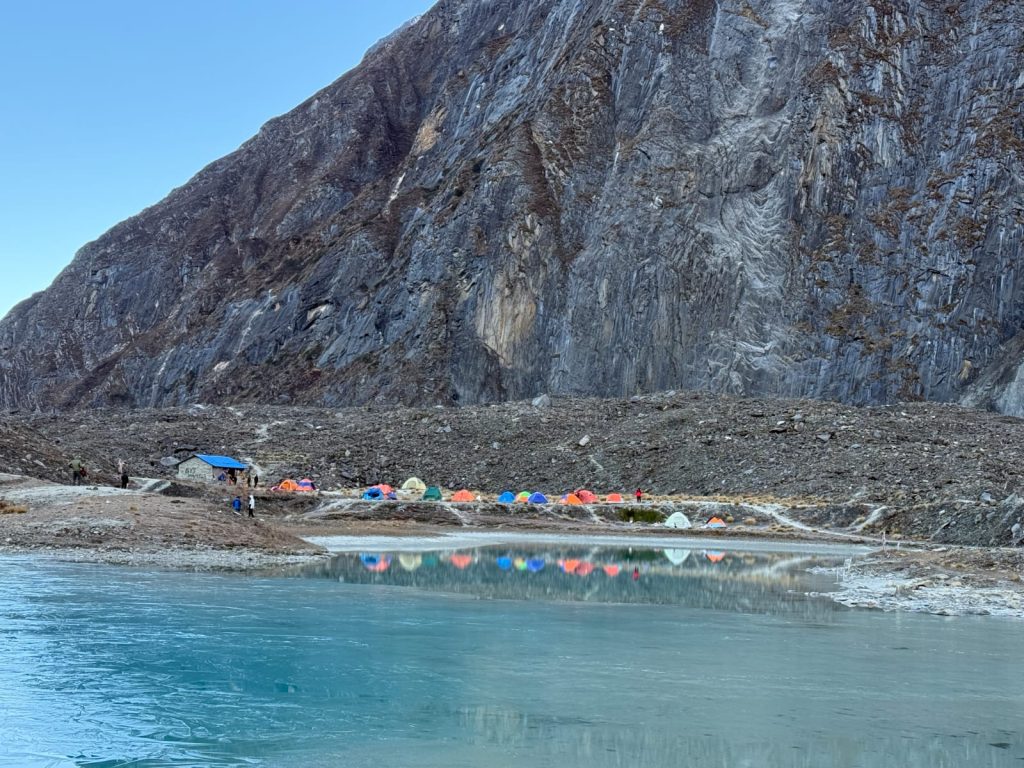
Another standout feature is Panchkund Lake, a cluster of five pristine glacial lakes located at 4,500 meters. An hour’s trek from the base camp, these shimmering pools reflect the surrounding peaks, creating a magical scene that’s worth every ounce of effort to reach. And unlike the bustling southern routes, this trek remains delightfully uncrowded, offering a solitude that’s hard to find in the Annapurna region.
When to Visit
Timing is everything in the mountains, and the North Annapurna Base Camp Trek is no exception. The best times to visit are:
- Spring (March to May): The trail comes alive with blooming rhododendrons, and the skies are often clear, offering stunning views of Annapurna and its neighboring peaks.
- Autumn (September to November): Post-monsoon, the air is crisp, and the visibility is unparalleled, making it the ideal season for trekking.
Winters can be harsh, with heavy snowfall making parts of the trail inaccessible, while the monsoon season (June to August) brings slippery paths and obscured views. Planning your trek in spring or autumn ensures the best experience.
The Journey Itself
The trek begins with a 21-kilometer drive from Myagdi to Humkhola, where the trailhead awaits. From here, it’s an approximately nine-hour trek to the base camp. The journey unfolds like a story, each chapter richer than the last—villages brimming with culture, forests echoing with birdsong, and views that make you pause in awe.
As you ascend, the air grows thinner, the trees give way to alpine meadows, and the horizon is dominated by the towering peaks of the Annapurna massif. The final stretch is both challenging and exhilarating, culminating at the base camp, where you can camp under a starlit sky with the majestic northern face of Annapurna as your backdrop.
Why It’s Important
The North Annapurna Base Camp Trek isn’t just another trekking route—it’s a chance to connect with a lesser-known side of the Annapurna region. It’s a testament to sustainable tourism, with its well-managed facilities ensuring minimal environmental impact. And most importantly, it’s a tribute to the spirit of adventure that Maurice Herzog embodied, inspiring generations of trekkers to explore the unknown.
A Few Tips for Trekkers
- Preparation is key: Although the trail is well-maintained, it’s essential to be physically and mentally prepared for long hours of trekking.
- Pack smart: Warm clothing, sturdy boots, and trekking poles are a must. Don’t forget a good sleeping bag for those chilly nights.
- Acclimatize wisely: Take it slow to avoid altitude sickness, especially as you near the base camp.
- Respect nature: Leave no trace, and be mindful of the fragile ecosystem.
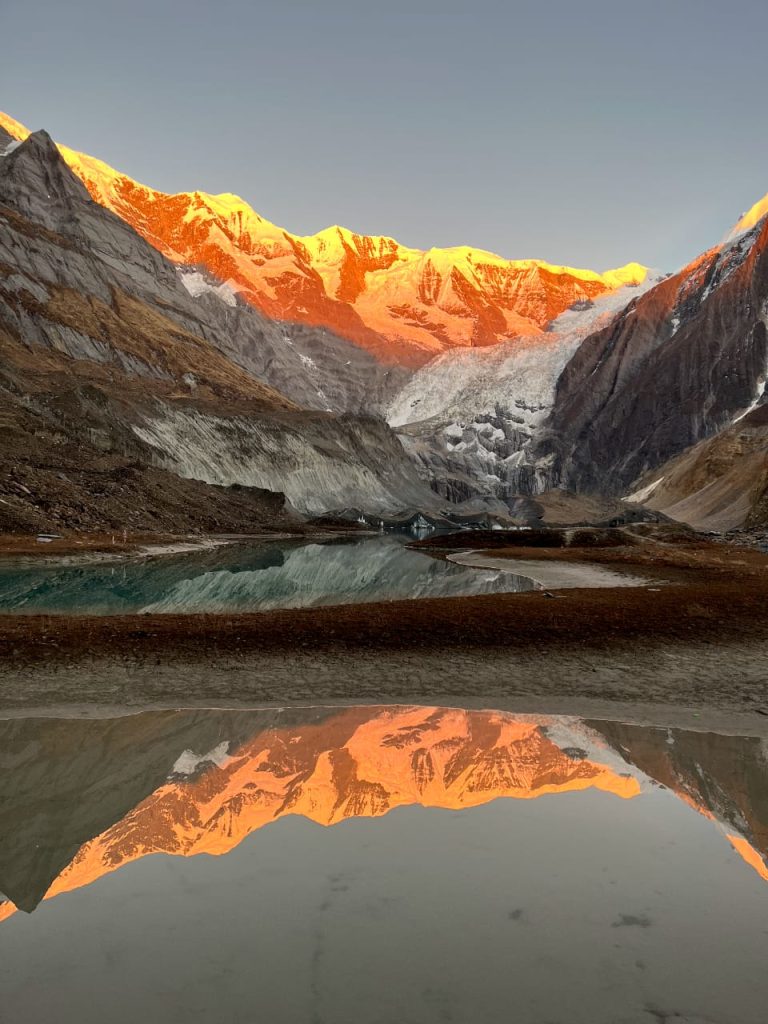
Final Thoughts
As I sat by the glowing embers of a campfire at the base camp, surrounded by towering peaks and the soft hum of nature, I realized that the North Annapurna Base Camp Trek isn’t just about reaching a destination. It’s about the journey, the stories, and the connection to something greater than ourselves. For those seeking an adventure off the beaten path, this trek offers an experience that’s as rewarding as it is unforgettable.
So, pack your bags, lace up your boots, and answer the call of the mountains. The Maurice Herzog Trek is waiting for you.

